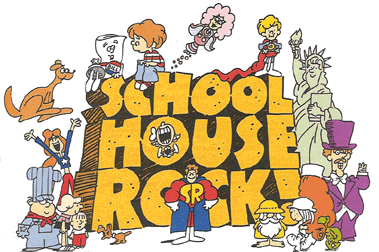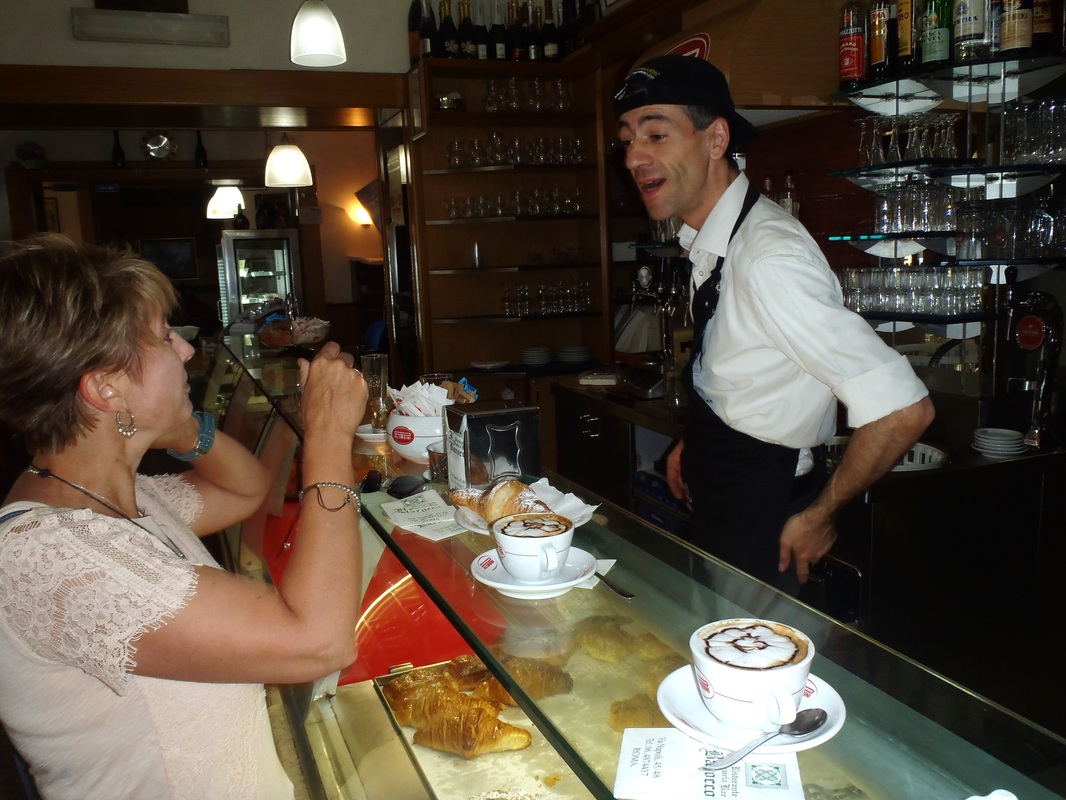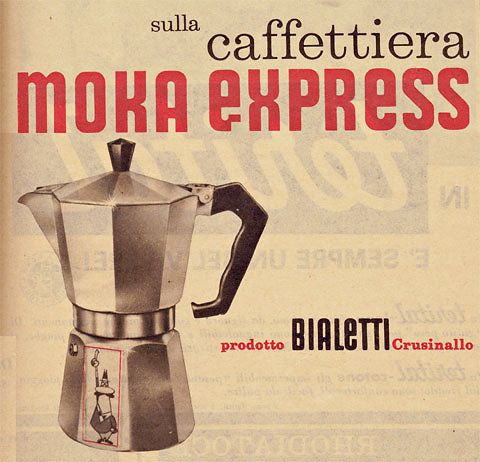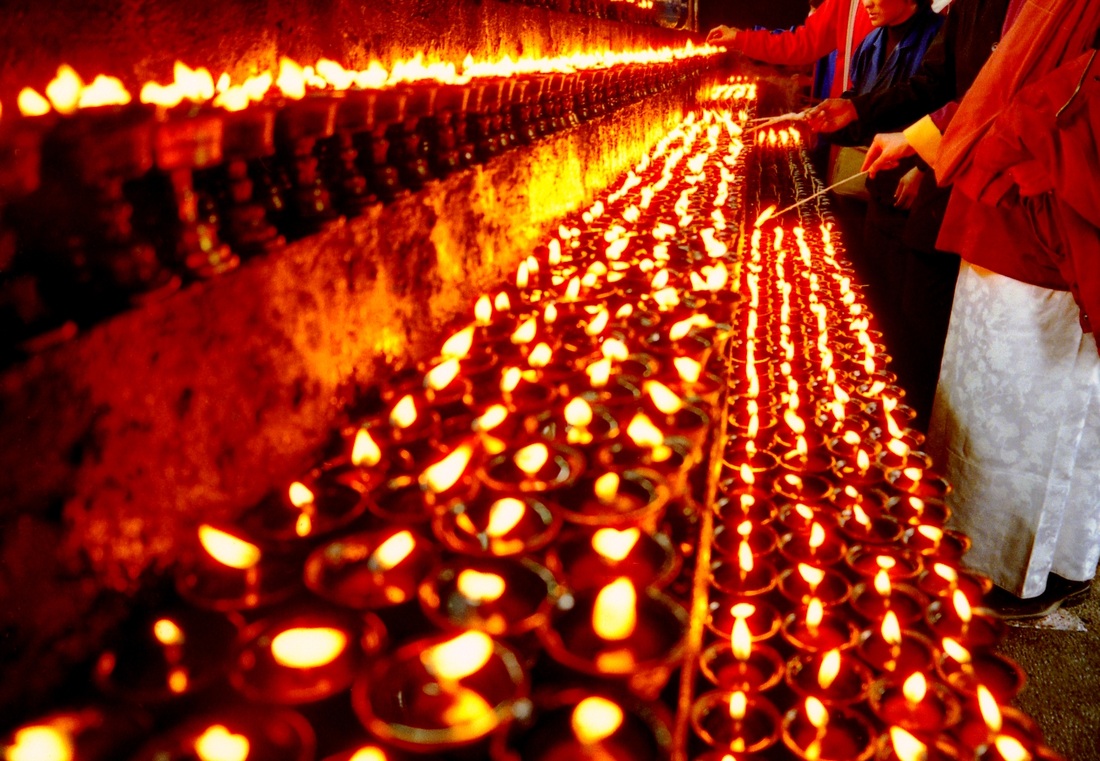I'm actually a little surprised that I get so excited about the new school year given an early trauma in the first grade. Let me share my sob story. As so many students do, I had gone shopping with my mother to buy my school supplies for the new year. I was especially proud of two big fat pencils, one in shimmery emerald green, the other sparkly hot pink. What was cool about these pencils, to my mind, was that each had a matching eraser on the end. Between that and the shimmer, I thought they were pretty special. As it turned out, my first grade teacher was a bit of a battle-axe. With an iron grey bouffant and a stern voice, she made it clear from the onset that she brooked no nonsense. One of her first admonishments was to behave or she'd choose a ruler from her rather large pack of rulers (held together by a big rubberband) and smack the back of your hand with it. Then she proceeded to explain other rules in her classroom. You were to have a writing utensil every day and as she said this, she moved over to my desk and picked up my pretty green pencil with the green eraser. She showed it to the class (I'm thinking, of course, "YES--my pencil is awesome"). She then produced a large set of scissors and said, "see this eraser, I'd better not see you using any erasers or I'll cut them off." And with that she guillotined my lovely new pencil. I was both heartbroken and terrified. Her reasoning was YOU'LL LEARN TO DO THINGS RIGHT THE FIRST TIME. Now, I can appreciate her inclination to stress that sloppy work isn't productive or helpful, but really--first-graders can't erase their mistakes? We all spent the year trying to wipe away errors on worksheets with spit on our fingers. Is it any wonder that I still mentally beat myself up any time I make an error? I have since used that experience to emphasize to my students that taking risks is part of learning. We have to stretch ourselves or we don't grow, and that means making mistakes.
It is a wonder to me that given this experience I still love when the school supplies appear in the stores. I like organizing my planner and thinking about tools I'll use throughout the year to be better organized than ever. I enjoy thinking about something new I might try in the classroom. I like re-organizing my closets and clothes. I like the feeling that here, two-thirds of the way through the year, I have the chance for a "reset". It feels like a shot at redemption. Combine this with the great weather of early fall and the energy is electric.
So, some ideas to bring a "new school year" mentality to your life:
- Get yourself some fresh "school" supplies. Are you always hunting for a pen, or a pad of paper, or a stapler? Now's the time to get what you need with more choices in the stores than usual.
- Add something new to your exercise routine--like a daily walk (while the weather is nice). Perhaps get a pedometer.
- Take inventory of how you are eating. Summer tends to be a time when perhaps we overindulge in cool treats or county fair fare. Get back to simple flavors favoring lots of greens, squashes, tomatoes and fresh stone fruits.
- Take up a new hobby or area of study. You don't have to be an official student to take up a new course of study. My suggestion would be our Art of Living September Mini-Course (of course) http://www.yourartofliving.com/store/p12/Month_Mini-Course%3A_September.html
- Clean out your closet. Make a bag for charity and keep a list of things you need to buy or replace to put together good outfits everyday.
Artfully yours, Lisabeth





 RSS Feed
RSS Feed